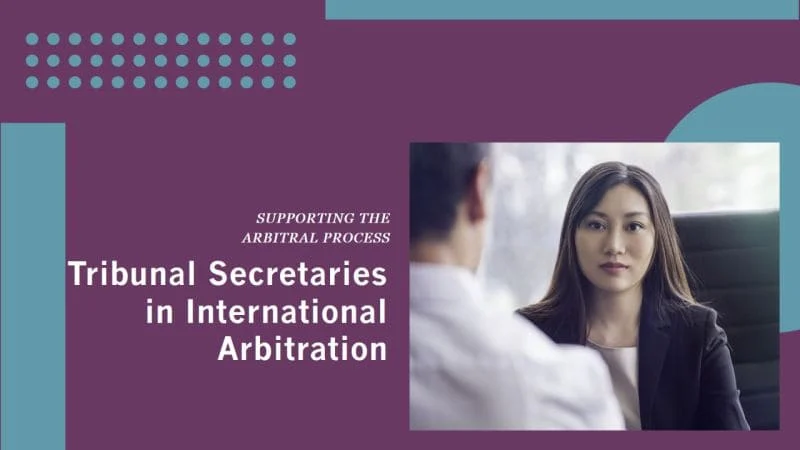India has the second largest road network in the world, with over 5.53 million kilometer including all expressways and highways. Private sector participation in urban infrastructure has recently become more popular in the developing world. The emphasis of the government is expanding to include both the national and state level on the use of PPP -public private partnership model. The models that have been used currently in execution of national highway projects are Engineering Procurement & Construction (EPC) built operate transfer (BOT) toll, BOT annuity and hybrid annuity models.
👉Public-Private partnership (PPP) model:
These are agreements between public and private entities, in which the private entity is hired by the public body and is remunerated on a performance basis. They are typically long-term arrangements (for a 20-30 years term), whose rationale is to combine the capabilities of the public and private sector to achieve optimal results.
Under this, a private player is granted a concession to finance, build and operate a project for a set period of time (20 or 30 years).
During the agreed period, the developer recovers its investments through user fees or tolls charged to customers who use the facility.
After the agreed period, it is taken over by the government.
👉 Engineering, procurement and construction (EPC) model:
These are the contracts used primarily in complex industrial and infrastructure projects like power plants, bridges, dams etc.
It entails a #contract between the owner and a contractor who is responsible for delivering specified design, construction, logistics, transportation and other associated activities to the Project financer.
EPC vs PPP:
In the PPP model one party is a government or public sector enterprise and the other is a private party while the EPC model can have two private entities as parties to the contract.
In the PPP model, While implementing the project, if there is a delay in the project, the private entity will have to fix the problem, which will incur expenditures.
👉 Hybrid Annuity Model (HAM):
As the name suggests, it is a mix of the EPC and BOT models.
Under the HAM model, 40% of the project cost is paid by the government as construction support to the private developer, and the remaining 60% is to be arranged by the developer.
Here, the developer usually invests not more than 20-25% of the project cost, the remaining is raised as debt.
HAM arose from the need for a more efficient financial mechanism for road development. The BOT model hit roadblocks when NPA-ridden banks were suspicious of lending to these projects.
HAM is a good trade-off because it spreads risk among the stakeholders. In this case, the government contributes 40% of the project cost, which reduces overall debt and improves project returns.
#construction #infrastructure #development #nhai









